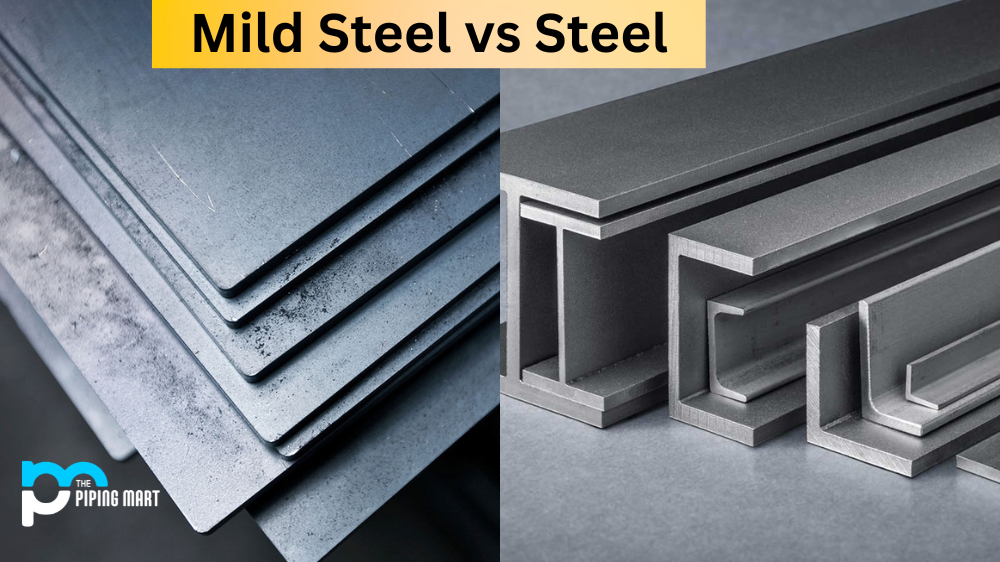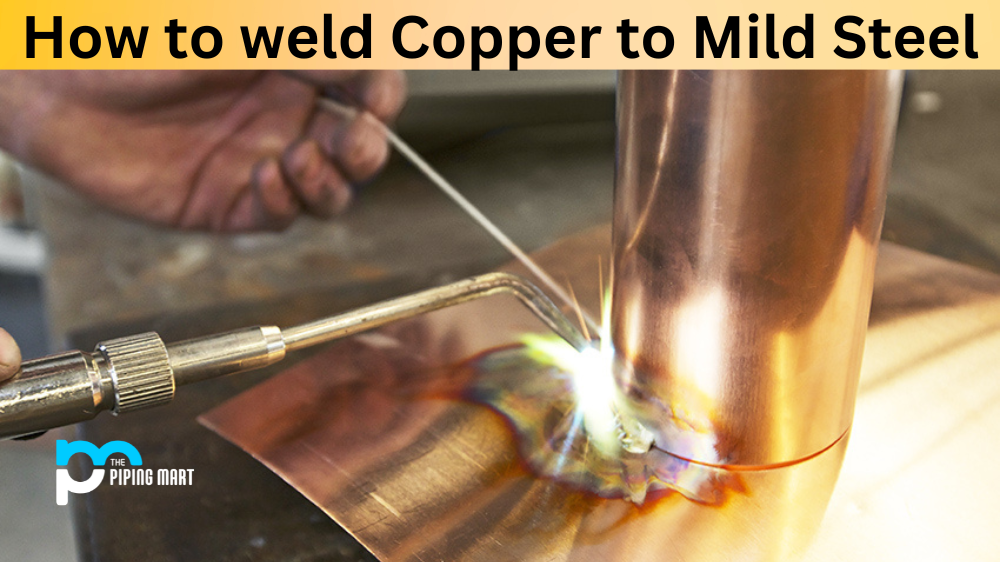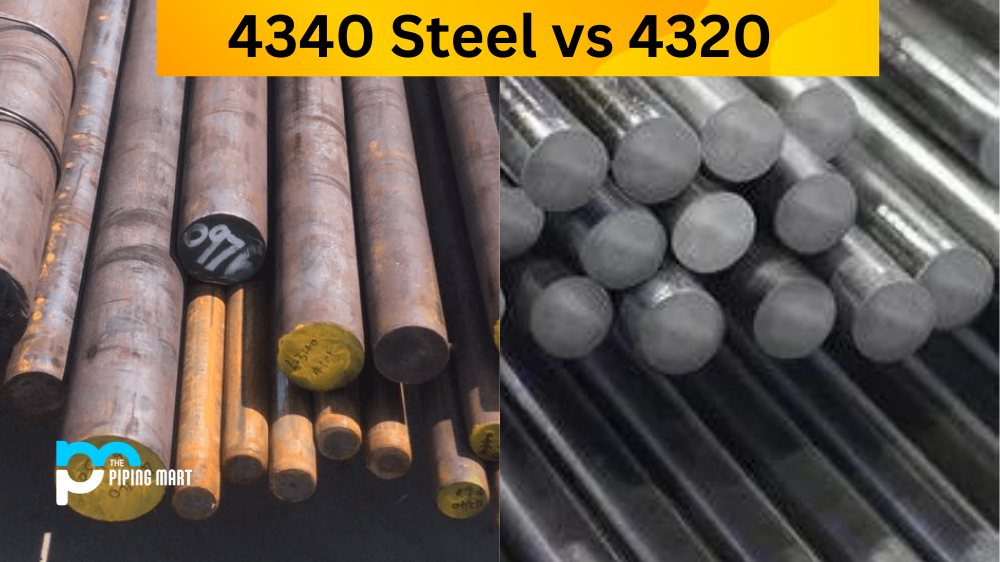Mild steel and steel are two of the most commonly used metals in industrial applications. They share many similarities, but there are also some key differences between them. Understanding these differences is essential for anyone working with metals or designing metal structures. Let’s explore the properties of each type of metal and how they differ from one another.
What is Mild Steel?
Mild steel is a type of carbon steel that contains between 0.16 and 0.29 percent carbon. This low carbon content makes it easier to work with than other types of steel, as it can be welded, cut, and drilled without becoming too brittle. Additionally, mild steel is relatively inexpensive compared to other types of steel, making it a popular choice for a variety of applications.
What is Steel?
Steel is an alloy of iron and carbon, and it typically contains between 0.3 and 1.5 percent carbon. This higher carbon content makes steel stronger and harder than mild steel, but it also makes it more difficult to work with. Steel is often used in applications where high strength is required, such as in the construction of buildings or bridges.
Mild Steel Properties
Mild steel is a type of carbon steel that contains low amounts of carbon, usually less than 0.3%. This makes it more malleable than other types of steel, which allows it to be easily formed into various shapes and sizes without weakening the material’s strength. Mild steel has good corrosion resistance, making it ideal for outdoor applications, as well as being very cost-effective when compared to other metals. It is also relatively easy to weld, making it a popular choice for fabrication projects.
Steel Properties
Steel is an alloy made up primarily of iron and carbon with small amounts of other elements such as manganese, chromium, nickel, molybdenum, copper, and silicon. Depending on the amount of carbon present in the alloy, steel can range from very hard and brittle (high-carbon) to ductile (low-carbon). The most common type of steel is low-carbon mild steel; however, high-carbon steels, such as tool steels, can be much harder than mild steel but are more prone to cracking or breaking if not treated correctly during fabrication or use. Steel also offers excellent corrosion resistance due to its natural protective layer known as a patina that forms over time when exposed to oxygen in the air.
Advantages of Mild Steel
One advantage of mild steel is that it is easier to work with than steel. This lower carbon content means that mild steel can be welded, cut, and drilled without becoming too brittle. Additionally, mild steel is relatively inexpensive compared to other types of steel.
Advantages of Steel
One advantage of steel over mild steel is that it has a higher strength-to-weight ratio. This means that steel is stronger per unit of weight than mild steel, making it ideal for applications where weight is a concern, such as in the construction of aircraft or automobiles. Additionally, steel has a higher resistance to wear and tear, making it ideal for applications where high durability is required.
Conclusion:
In conclusion, mild steel and steel have their own unique properties that make them suitable for different applications. Mild steel has good malleability and corrosion resistance while offering an economical option when compared to other metals; however, it is not as strong or durable as hardened steels like tool steels. On the other hand, hardened steels provide greater strength but require special treatment during fabrication or use in order to avoid cracking or breaking due to their increased brittleness; however, they offer excellent corrosion resistance due to the protective patina that forms over time when exposed to oxygen in the air. Engineers and metalworking professionals should consider these factors carefully when selecting a metal for their project in order to ensure they choose the right material for their needs!
Sakshee is a talented blogger, with a particular focus on the Business and Metal Industry. She is passionate about sharing her insights on various metal products and helping professionals to make a better decisions.




